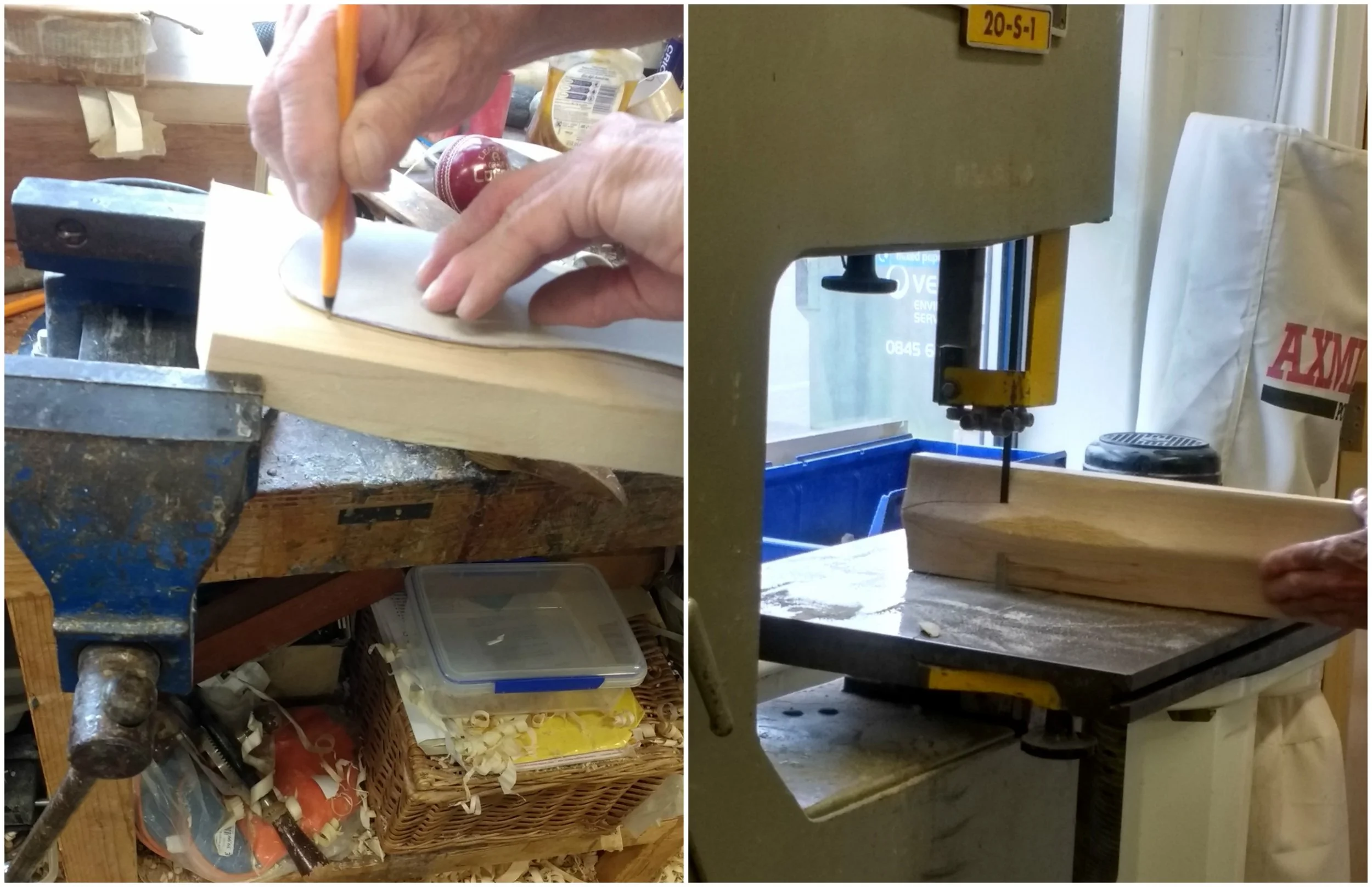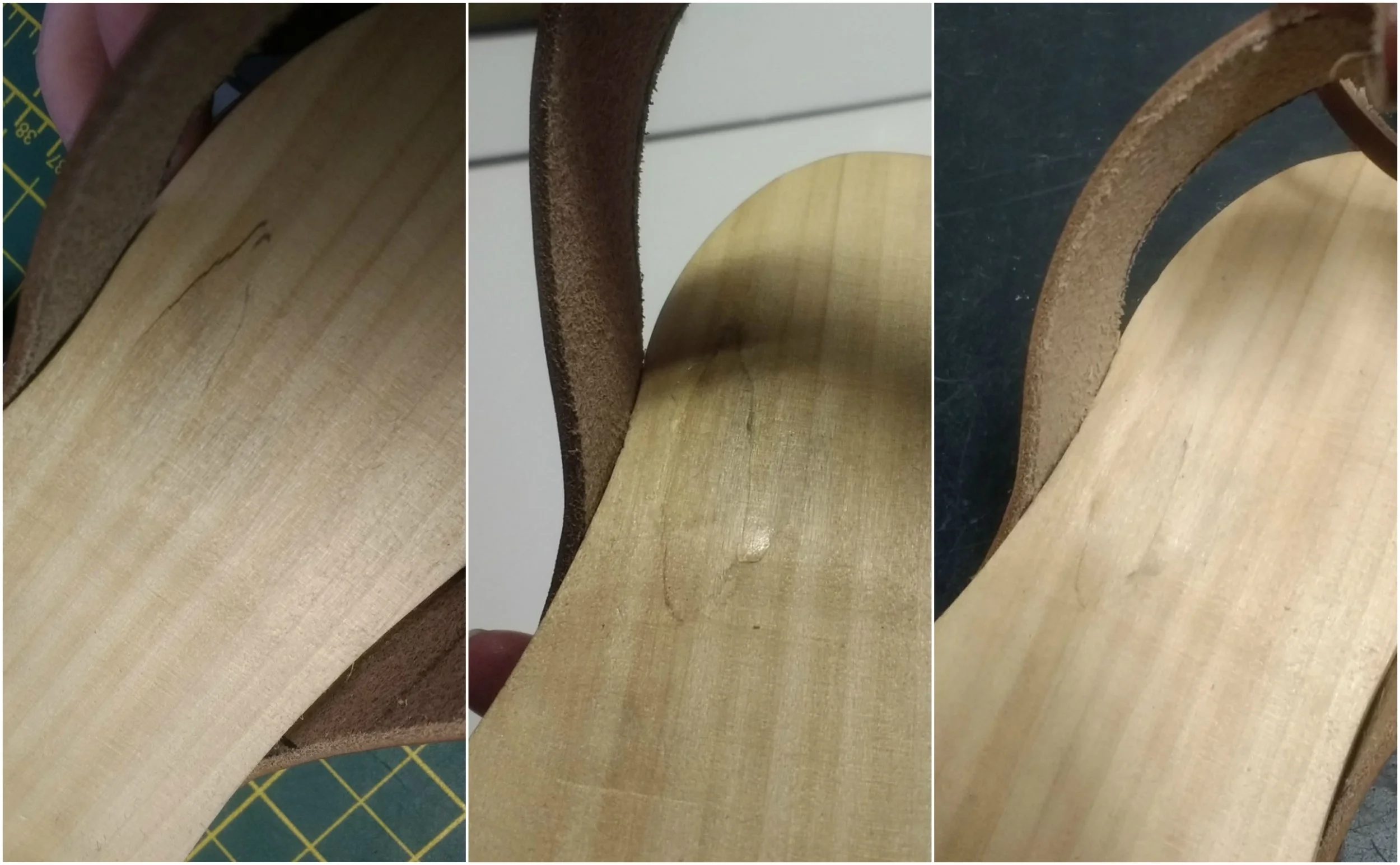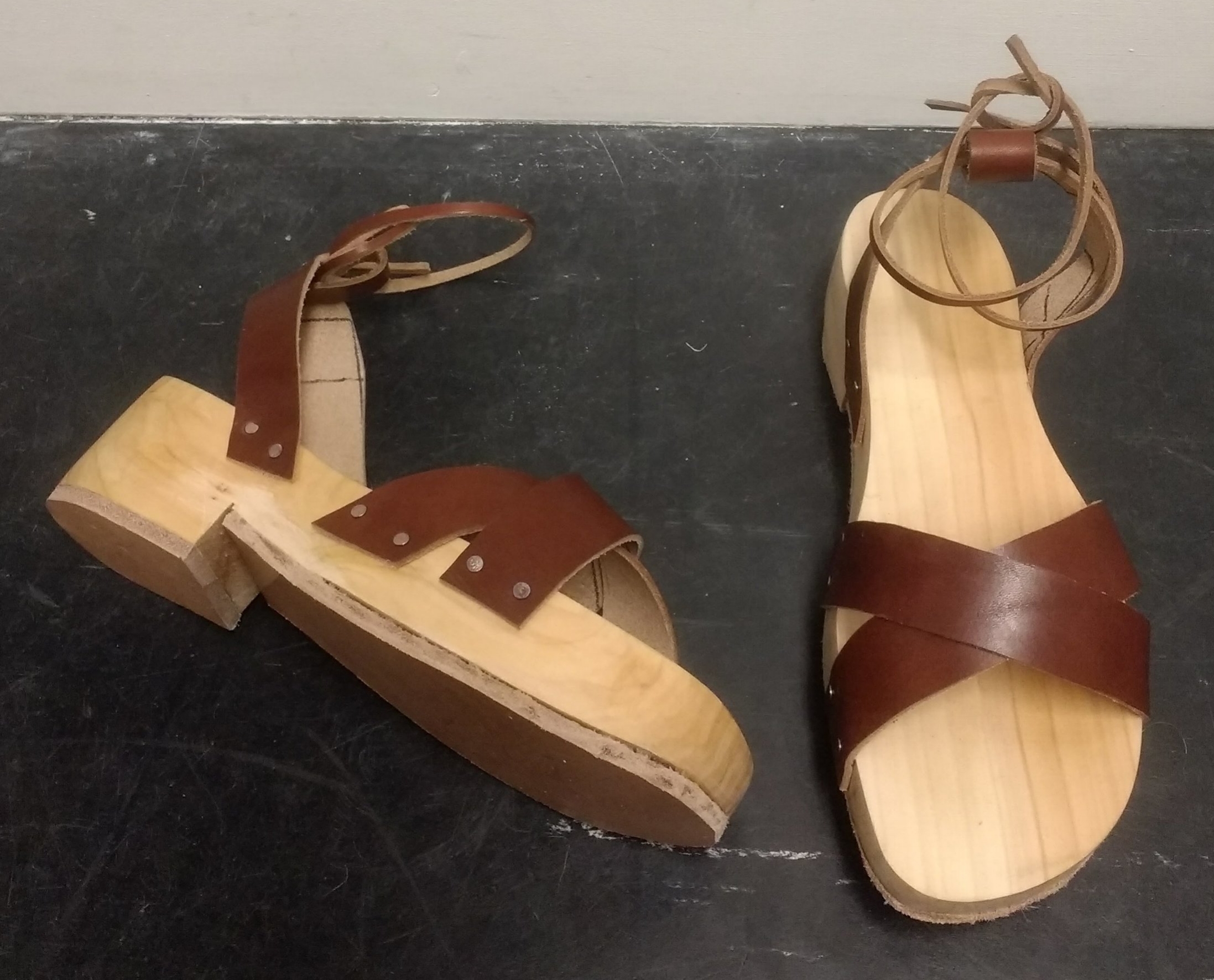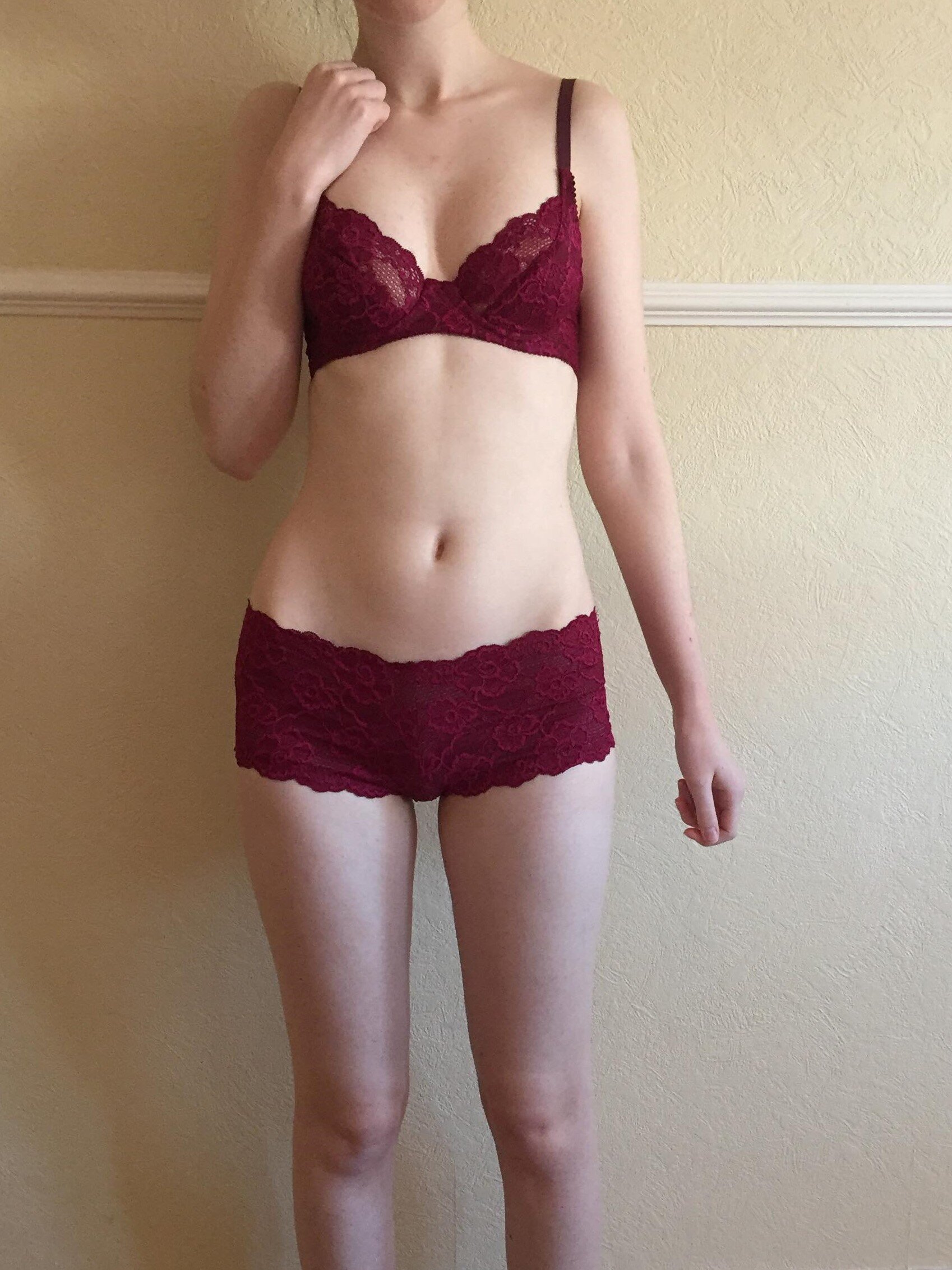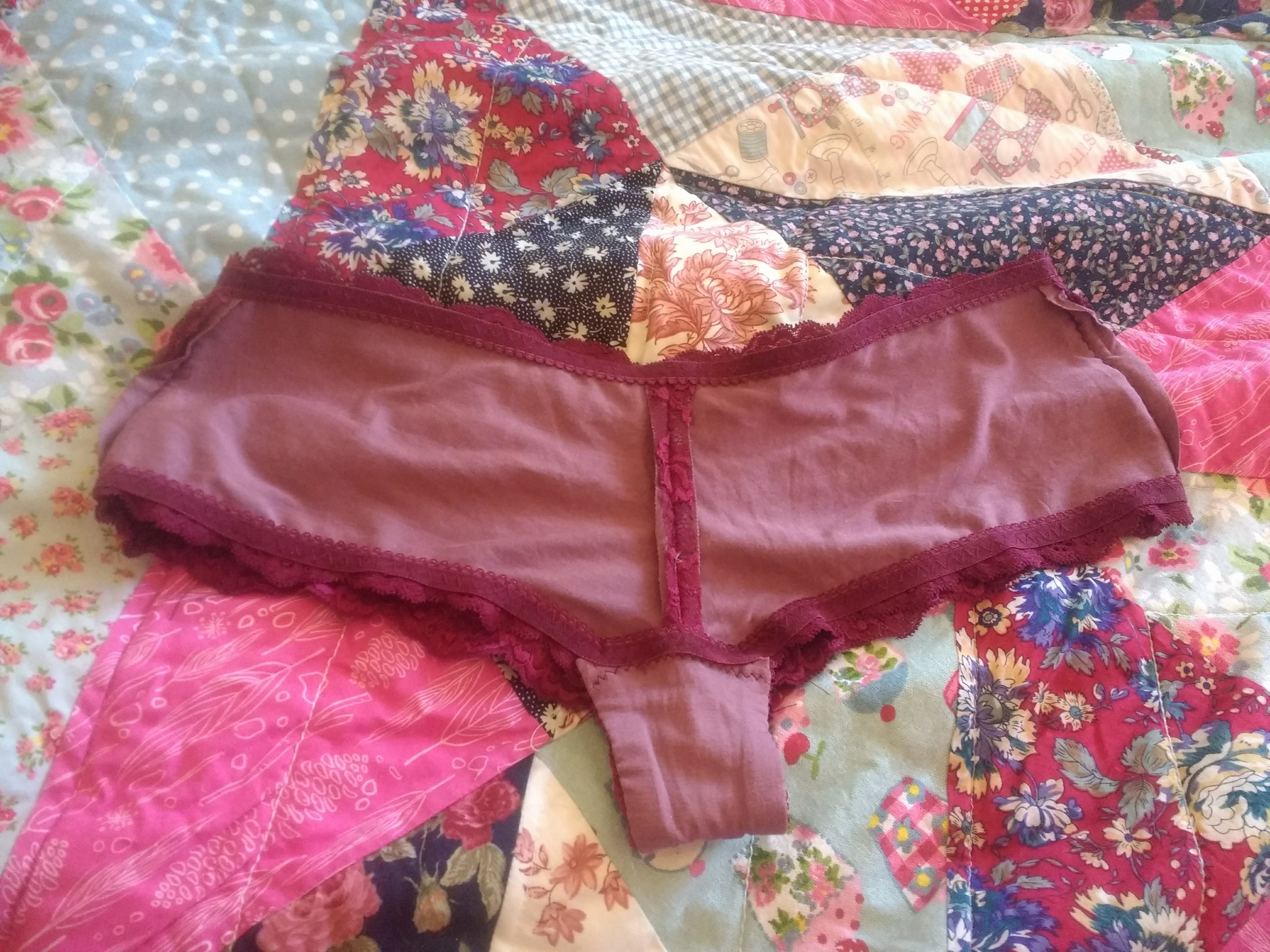Whilst I was looking for British leather for my uppers I came across Thomas Ware and Sons, who supply English sole leather. I thought that I was all set for soles with my wooden clog bases, but I contacted them anyway and they very kindly sent me samples of their different soles: full soles, half soles, heels and insoles. I decided to attach the half soles and heels to my clog bases to give the soles of my clogs some more grip, and to prolong the life of my shoes. Unfortunately the only way to do this is glue, and this is where I had to compromise. I used Evo-Stik contact adhesive which is at least manufactured in the UK if not made from British materials. The way it works is that you apply the glue on both of the surfaces you want to adhere to each other, you let it dry until it becomes tacky, and then stick them together. Then I trimmed off the excess leather with a stanley knife which was quite a painful process, especially near the heel of the shoe.







